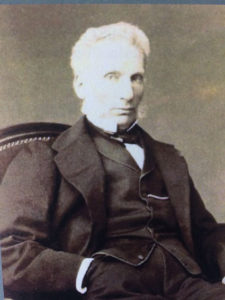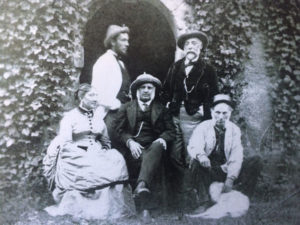
Victor Stanislas Dillais, grandfather of Marcel Louis Dillais, a lawyer, was born and then baptized in the parish of Saint Germain l’Auxerrois, where his father Gervais had settled down and had made a fortune from textiles. After successfully completing secondary school studies at Louis-Le-Grand, he became a Bachelor of Letters in 1938 and went on to study law (graduating in 1840), meanwhile being employed as a notary’s clerk. A registered lawyer at the Bar of the Royal Court of Paris in 1843, third secretary of the Conference of Lawyers held in 1847, he quickly became president of the licensed defense lawyers attached to the Commercial Court of the Seine Department. He married Pauline Caillebotte in 1847, who gave birth to two children, Louis Victor and Paul Gervais. He is best known as a lawyer and advisor to financial, industrial and railway companies. Nervous and restless by nature, spending his nights at work, he was worn out and his health faltered: he regretfully had to leave the bar association in 1863. As of 1858, he was a city councilor in Paris under prefect Haussmann, whom he did not hesitate to oppose, his natural pessimism and foresight urging him to be more cautious and moderate than the audacious baron.
Thus, in 1868, when Haussmann proposed to the council to hasten the urban planning works, Dillais got up and said: “To venture as boldly as you do, one must have faith in the future: well, I must tell you that I lack such faith!” Victor Dillais was also appointed by the Government as one of the commissioners of the 1867 World Exhibition; in particular, he was assigned the mission of “encouraging the study of the exhibits, the progress made and getting to know the wishes and needs of the working class”, which he was passionate about, given his high regard for work and for the traditional and technical knowledge of workers and craftsmen. Once again he showed his sagacity, understanding the agitating ideas that stand behind the workers’ demands, and worried about them in his reports. After 1880, his poor health forced him to reduce his activity. He died at the age of 68. Knight of the Legion of Honor (1863) and of the Order of San Marino (1861).

